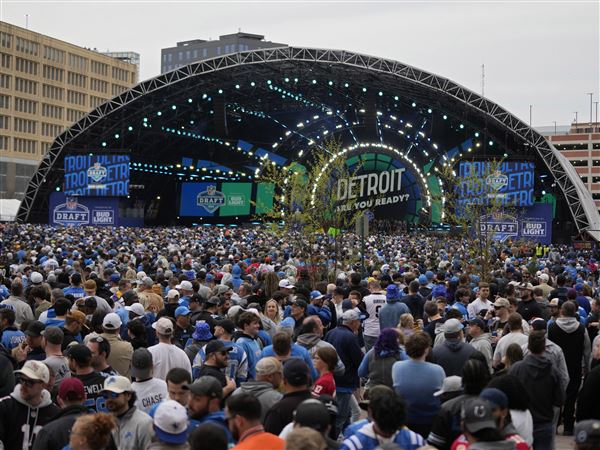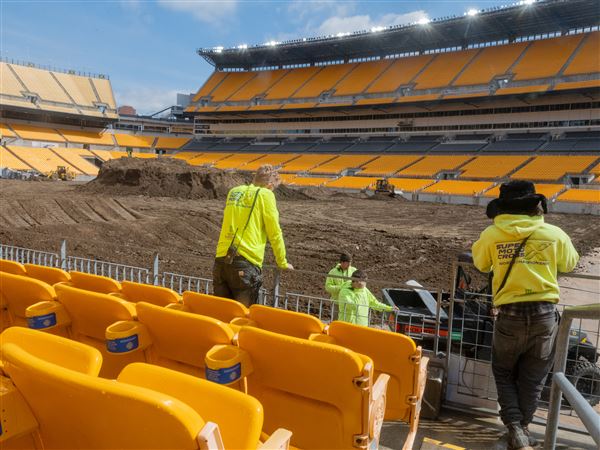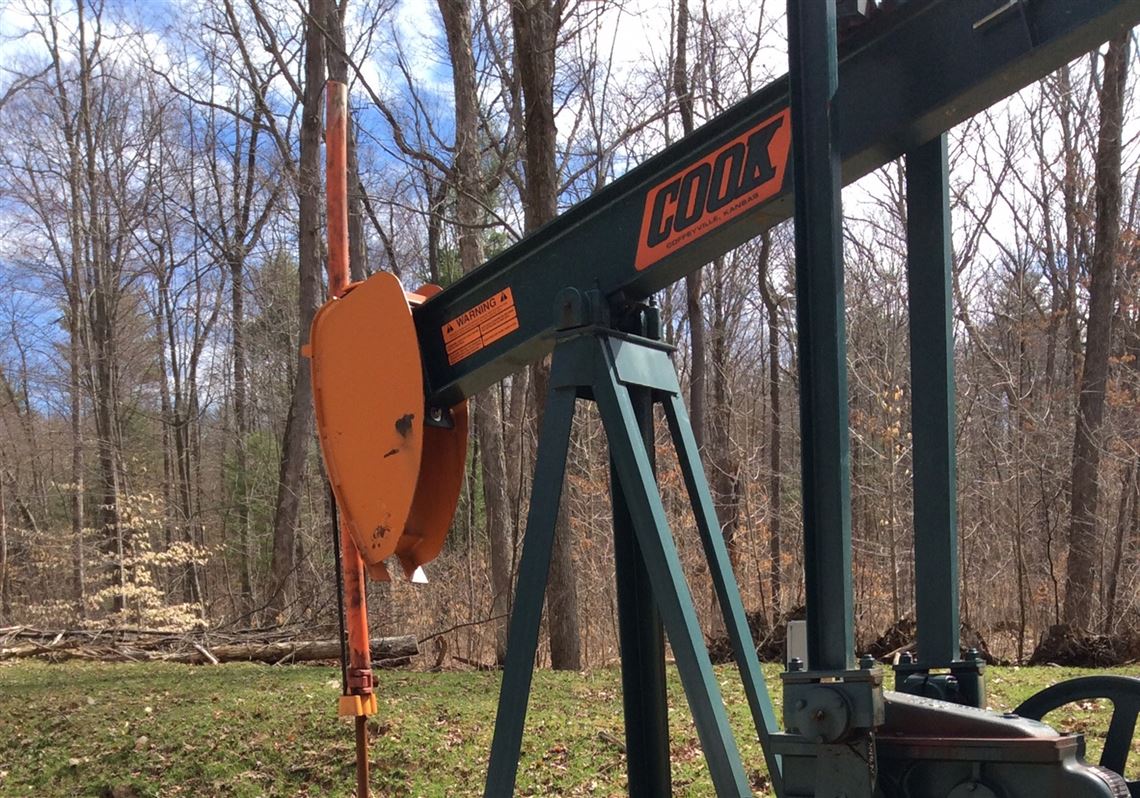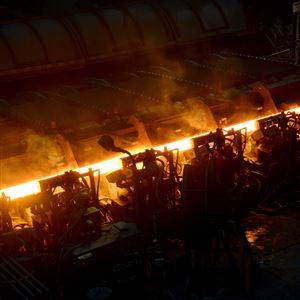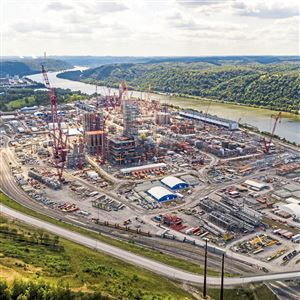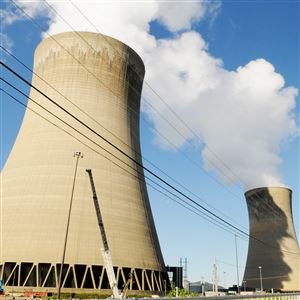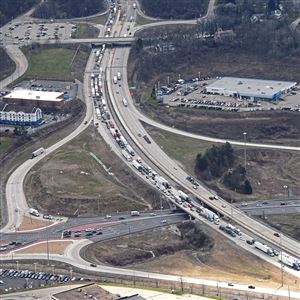The last time oil prices slumped, about four years ago, Mark Cline and his brother took a pay cut to try to avoid having to lay off several employees of their family’s Bradford-based oil production company.
It wasn’t enough. Cline Oil shrank from nine employees to five.
Now, in the face of the lowest oil prices in nearly two decades and expectations that the world is about to see the biggest glut in history, the 63-year-old fourth-generation oil man is hoping to avoid a tougher choice.
“The next guy to get laid off is my son,” he said, “and that’s going to be hard for me to do.”
The dramatic oil-price plunge is the result of collapsing global demand caused by the spread of the novel coronavirus and a price war between Saudi Arabia and Russia that has those countries flooding the global market with oil.
Prices of the American oil benchmark, West Texas Intermediate, fell below $21 a barrel Wednesday — a 60% drop from the start of the year.
At the two refineries that process Pennsylvania Grade Crude, the best price Wednesday was $19.37 a barrel.
“This is monumentally bad,” said Dan Weaver, executive director of the Pennsylvania Independent Oil & Gas Association. “The industry will not look the same coming out of this as they did going in. It just depends on how long it lasts.”
Pennsylvania’s traditional oil industry was already precarious. Prices never fully recovered from a low point in early 2016. In the meantime, one of the biggest expenses — wastewater management — has only gotten more costly.
Mr. Cline said that in 2010, there were 34 waste treatment facilities in Pennsylvania that could take the produced water, or brine, that gets pumped to the surface along with oil. Now, there are about seven facilities, and that changes depending on the day.
“We don’t have enough capacity to clean even a quarter of the water we produce a day,” he said.
This is not a normal day. With oil in the $20 range, most operators would lose money if they kept producing, just based on the cost of hauling oil and brine, Mr. Weaver said.
Mr. Cline said the conventional oil industry, which is largely clustered in 19 northwestern Pennsylvania counties, needs about $60 a barrel to break even.
Whether producers can keep pumping oil amidst the price drop depends to some extent on how much brine their wells produce and whether they have an economic way of dealing with it, said Joe Thompson, whose family owns Devonian Resources, which produces oil, gas and natural gas liquids.
In Venango County, where Devonian Resources is based, the water-to-oil ratio is relatively high.
“I can tell you right now, in my neck of the woods here, no one is pumping except for our company and maybe one other company,” he said Tuesday.
By Thursday, he had laid off all six of his employees but said he could keep his operations running for now.
“One of the biggest detriments to boom and bust is the brain drain when you’re in bust,” he said. “You lose skilled, talented employees.”
Companies can only put off pumping for so long.
By state law, each well must produce at least some oil or gas in a year, or it is considered abandoned and must be plugged.
If companies fail, the state is likely to inherit the cleanup costs.
There are 51,000 active oil wells in Pennsylvania, according to Department of Environmental Protection records.
The law only requires conventional oil and gas companies to set aside $2,500 per well, or $25,000 for all of their wells, to cover the cost of plugging and cleanup. Wells drilled before 1984 — which includes more than half of the state’s active oil wells — do not require any bond.
DEP has said the cost to plug an abandoned well ranges from $10,000 to $100,000, with the estimated average at $33,000 per well.
“You are looking at an industry that was already on its knees,” Mr. Thompson said. “Think of the enormity of the problem when you think, who’s going to plug these [wells]?”
Laura Legere: llegere@post-gazette.com.
First Published: March 23, 2020, 1:20 p.m.



